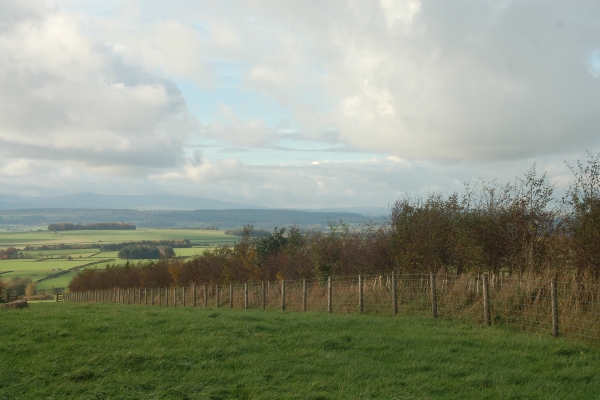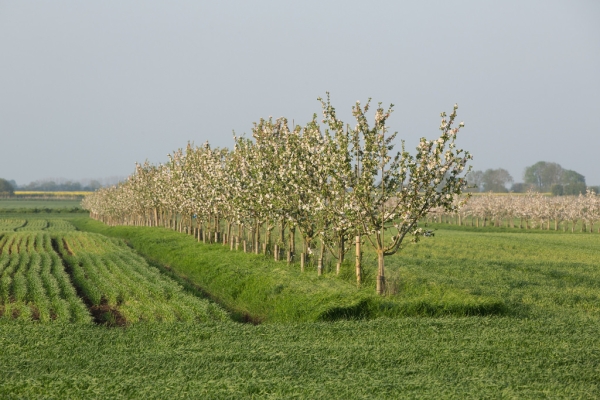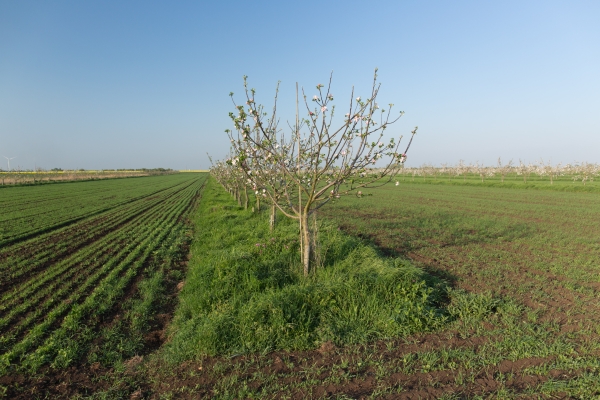‘Next Steps with Regenerative Agriculture’ – Stephen Briggs
Resource explained
Stephen is a first generation farmer who has been farming organically for over two decades. He runs Whitehall farm in Cambridgeshire where he grows oats and a range of organic vegetables depending on market place opportunities. In 2009 he created the largest commercial agroforestry system in the UK, integrating 2,400 apple trees into his crop land. This talk was recorded at an Agricology event focusing on regenerative agriculture that was held at the Waddesdon Estate in May 2023. Stephen speaks about implementing agroforestry systems on a tenanted farm with a built-in financial return model, and highlights some of the many benefits and challenges, bringing the audience the benefit of experience gained over the years from working with what is now a well established alley-cropping system.
Findings & recommendations
- Part of Stephen’s rationale for implementing agroforestry was to best capture input from solar energy. He also refers to nitrogen (N) use efficiency, which is only 48% in the UK. Research carried out in France indicates it is possible to cut some of those losses by about a half, by capturing some of the N and turning it into a form of carbon. Trees are very well placed to do this, slowing rainfall and stopping nutrients from leaving the farm.
- Crops need nutrients particularly in the early part of the season / year – trees create a temporal overlap – it is possible to make resource capture more efficient by layering different elements at different times.
- Agroforestry provides a big opportunity to stack enterprises and skills and people, but there are many steps that need to be taken to convince more farmers to want to try it i.e. closer forestry and agricultural policy and land use policy alignment, more available economic data on agroforestry, and a new paradigm on-farm perhaps of multi-functional operators.
“Nature doesn’t ‘do’ monoculture – it stacks different elements in time and space.”
“You can make the farm ‘bigger’ by utilising the up and down space.”
“I was expecting to see more crop in the middle and less crop at the edges of the fields, but 15 years on we’re seeing the reverse – because of better drainage in the winter, better water retention in the summer, more mycorrhiza in the soil…”
Watch the video to find out more!









